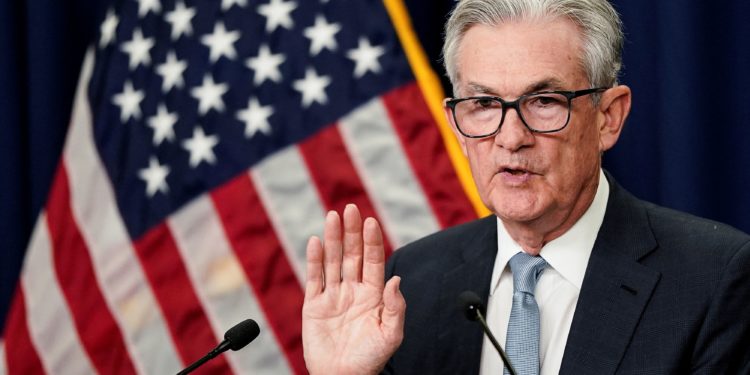The Federal Reserve officials raised interest rates by 25bps following its Jan. 31st -Feb 1st meeting, the smallest adjustment since March.
The Federal Open Market Committee (FOMC) decided to increase the benchmark interest rate to a new range of 4.5-4.75 per cent, the highest level since 2007.
The Fed’s decision to raise interest rates is a result of the growing concern about the recent rise in inflation, which has been driven by various factors, including higher oil prices, supply chain disruptions, and increased consumer spending due to the current stimulus package and reopening of the economy.
The increase in interest rate is expected to slow economic growth and curb inflation, as borrowing costs will become more expensive, reducing consumer spending.
Policymakers’ statement justified that ongoing increases in the target range will be necessary to achieve a monetary policy stance that can effectively bring inflation back to 2%.
However, the impact of the interest rate hike on the economy is uncertain. It could be negative, especially for the housing and automotive markets, recovering from the pandemic-induced recession. Higher borrowing costs could slow down the pace of the recovery in these sectors.
During the press conference, Chair Powell emphasized that the disinflation process is still in its early stages and that interest rates have not yet reached a restrictive level.
Chair Jerome Powell also stated that the Committee will keep a close eye on the new data and how it affects the economic outlook when determining the right monetary policy stance. If potential threats to achieving their goals arise, the Committee will be ready to adjust their approach as necessary.
In addition, their decision-making will consider factors such as employment conditions, inflation and expectations, as well as financial and global events.
Read Also: Fed Hikes Interest Rate by 0.75% to Fight Rising Inflation




